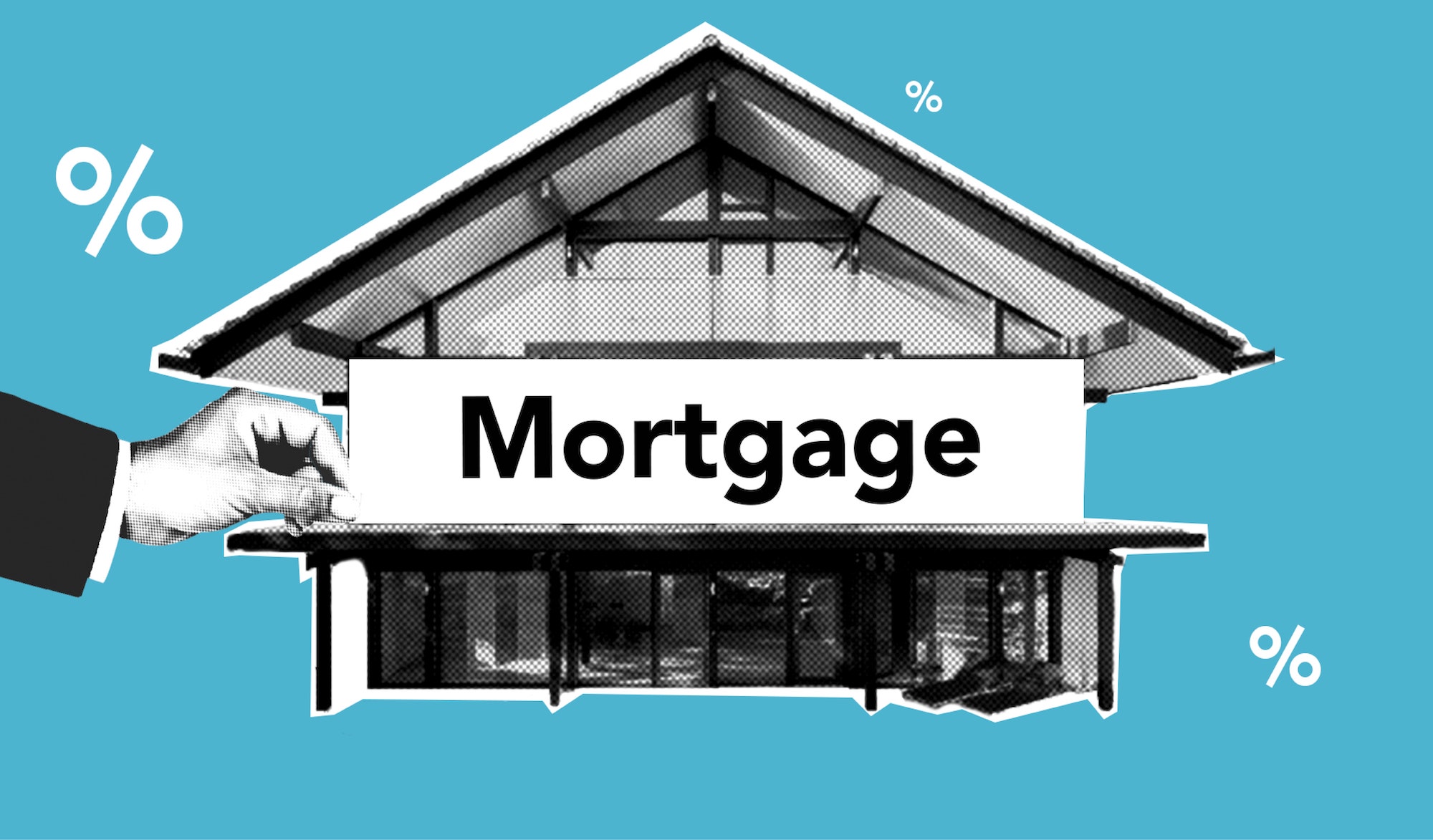Defined benefit (DB) schemes that held under-hedged positions, downside protection strategies and private market investments performed the best during 2022, according to a new report from Barnett Waddingham.
In contrast, the consultancy said that DB plans that cut hedging during and after the gilts crisis, relied on traditional return-seeking assets, and had significant cashflow matching assets.
In its third annual review of fiduciary manager investment performance, Barnett Waddingham said that the experience of last year’s liability-driven investment (LDI) emergency has shown trustees that it is “more important than ever” to consider scheme-specific analysis of performance, as there was huge variability resulting from the gilt volatility during the autumn of 2022, “even within a single fiduciary manager”.
The report explains that most fiduciary manager mandates have high hedge ratios as these have protected schemes over the past decade as yields have fallen.
It was more difficult to outperform from this position, however, in a period in which most asset classes fell, despite liabilities falling in value. Barnett Waddingham defines high hedging as 80% or more of a portfolio, while schemes with lower hedging levels have between 0% and 60% of their assets hedged.
“The question for underhedged schemes then becomes whether your fiduciary manager has taken advantage of any funding improvement,” the report said. "This could be through accelerating de-risking steps, or potentially advising a strategic change to the mandate in order to increase hedging.”
Extra care is now required when trying to compare investment returns, according to the report, as performance in 2022 was heavily reliant on individual scheme circumstances, with portfolio liquidity and hedging being key drivers.
As a result of scheme-specifics, there was significant dispersion in performance across schemes with similar return targets. The report also argued that fiduciary management may have helped ease the governance burden for trustees from an operational perspective, but the quality of communication was a key differentiator among fiduciary managers during the volatility and tended to shape trustee experience.
In addition, while GIPS data enabled better comparison across the industry, there are “limitations and caveats” to be aware of, which make comparisons harder in 2022.
Given this, the report strongly encouraged fiduciary managers to obtain independent verification of their GIPS data to increase its credibility and reliability.
Barnett Waddingham head of fiduciary manager evaluation, Peter Daniels, said the market volatility of last year not only made 2022 challenging for investment performance but resulted in a very wide range of outcomes for pension funds.
“The previous downward trending interest rate environment meant that highly hedged strategies painted fiduciary manager performance in a generally positive light,” continued Daniels.
“The sharp upward reversal in rates has created performance challenges for managers; it has also led to a fundamental re-think of how hedging strategies should operate and the importance of liquidity.
“Looking forward, there will inevitably be increased scrutiny of how fiduciary managers operate in a changing investment world. More so than ever before, the importance of independent challenge and evaluation will be critical.”
This article first appeared on our sister title, Pensions Age.
Latest News
-
19 firms join forces to launch new retail investment campaign
-
Four in five bridging professionals confident about 2026 market outlook
-
FCA to press ahead with stablecoin payments next year
-
Titan Wealth acquires Morgans Ltd
-
Mortgage brokers playing ‘pivotal’ part in homebuying journey – Santander
-
Average mortgage rates fall to lowest levels since September 2022
NEW BUILD IN FOCUS - NEW EPISODE OF THE MORTGAGE INSIDER PODCAST, OUT NOW

Figures from the National House-Building Council saw Q1 2025 register a 36% increase in new homes built across the UK compared with the same period last year, representing a striking development for the first-time buyer market. But with the higher cost of building, ongoing planning challenges and new and changing regulations, how sustainable is this growth? And what does it mean for brokers?
The role of the bridging market and technology usage in the industry
Content editor, Dan McGrath, sat down with chief operating officer at Black & White Bridging, Damien Druce, and head of development finance at Empire Global Finance, Pete Williams, to explore the role of the bridging sector, the role of AI across the industry and how the property market has fared in the Labour Government’s first year in office.
Does the North-South divide still exist in the UK housing market?

What do the most expensive parts of the country reveal about shifting demand? And why is the Manchester housing market now outperforming many southern counterparts?
In this episode of the Barclays Mortgage Insider Podcast, host Phil Spencer is joined by Lucian Cook, Head of Research at Savills, and Ross Jones, founder of Home Financial and Evolve Commercial Finance, to explore how regional trends are redefining the UK housing, mortgage and buy-to-let markets.
In this episode of the Barclays Mortgage Insider Podcast, host Phil Spencer is joined by Lucian Cook, Head of Research at Savills, and Ross Jones, founder of Home Financial and Evolve Commercial Finance, to explore how regional trends are redefining the UK housing, mortgage and buy-to-let markets.
The new episode of The Mortgage Insider podcast, out now

Regional housing markets now matter more than ever. While London and the Southeast still tend to dominate the headlines from a house price and affordability perspective, much of the growth in rental yields and buyer demand is coming from other parts of the UK.
In this episode of the Barclays Mortgage Insider Podcast, host Phil Spencer is joined by Lucian Cook, Head of Research at Savills, and Ross Jones, founder of Home Financial and Evolve Commercial Finance.
In this episode of the Barclays Mortgage Insider Podcast, host Phil Spencer is joined by Lucian Cook, Head of Research at Savills, and Ross Jones, founder of Home Financial and Evolve Commercial Finance.
© 2019 Perspective Publishing Privacy & Cookies











Recent Stories